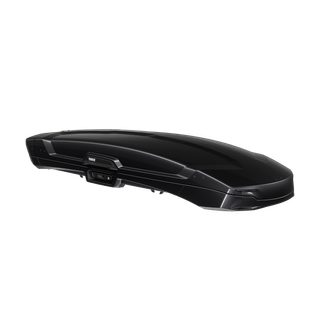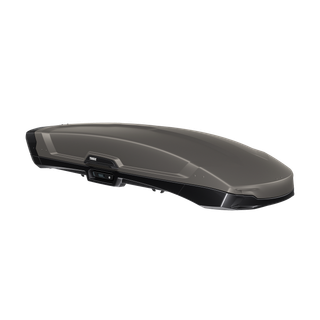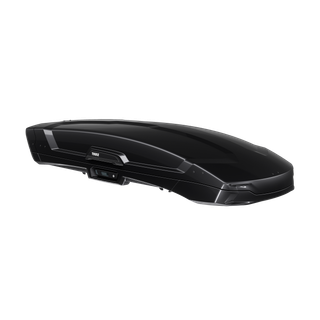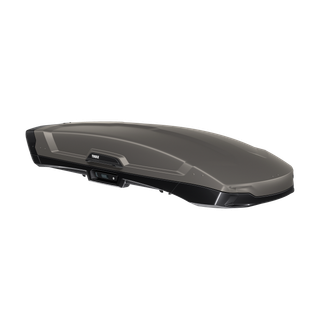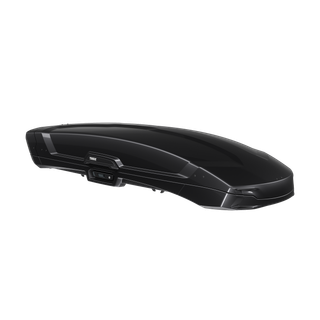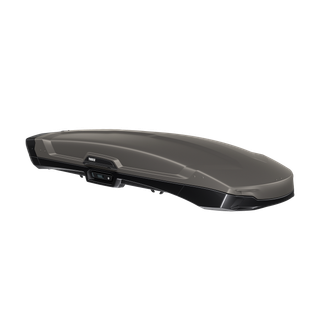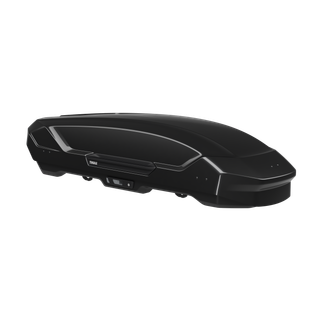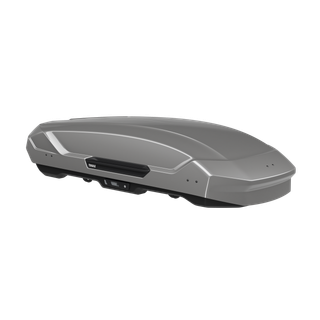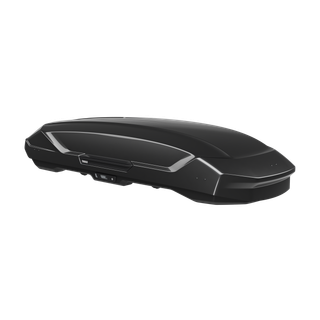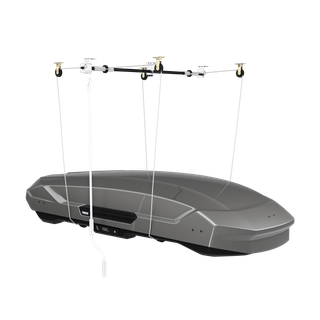Find the best rooftop cargo carrier for your vehicle and lifestyle with this Thule cargo box fit guide!
Cargo boxes are a great way to increase the packing capacity of your car. Whether you’re hitting the slopes, going on a family vacation, or just need more space, a cargo box is a super versatile solution.
But with all the different types of cargo boxes and cargo box sizes, how do you know it will fit your car? And how can you make sure it will fit all the things you want to pack?
This Thule cargo box fit guide aims to clear some of this up. We’ll show you how to make sure the cargo box fits your car and how much you can pack inside the different cargo box sizes.
In this article

